A digital circuit tester is a versatile tool used by electricians and automotive technicians to diagnose electrical problems in circuits and systems. It provides a quick and efficient way to check for voltage, continuity, and other electrical characteristics. In this article, we will explore how a digital circuit tester works and the essential features that make it a valuable instrument for electrical testing and troubleshooting.
A key feature of a digital circuit tester is its digital display, which typically shows voltage readings, continuity status, and other relevant information. The digital display allows for precise and accurate readings, making it easier to interpret the test results.
The primary function of a digital circuit tester is to detect the presence of voltage in a circuit. When the tester's probe is touched to a live electrical point or wire, it measures the voltage and displays the reading on the digital screen. This capability enables technicians to identify active circuits and potential voltage issues.
A digital circuit tester also performs continuity testing. Continuity testing checks whether there is an unbroken path for electrical current flow between two points in a circuit. When the tester's probes are placed at each end of a conductor or component, it will emit an audible beep or display a continuity symbol on the screen if there is continuity, indicating a complete electrical path.
Some digital circuit testers offer the ability to measure resistance in circuits and components. Resistance measurement helps identify faulty resistors, fuses, or other high-resistance connections that may be causing electrical problems.
A digital circuit tester can also determine the polarity of a voltage source. This feature is particularly useful when working with batteries or DC power sources, as it helps ensure proper connections and prevents accidental damage to sensitive components.
Many modern digital circuit testers come equipped with a non-contact voltage testing feature. With this functionality, the tester can detect the presence of voltage without making physical contact with the circuit. It is a convenient and safe way to identify live wires or circuits without risking electrical shock.
Digital circuit testers often include built-in overload protection mechanisms to safeguard the instrument and the user from potential electrical hazards. These protections prevent damage to the tester due to excessive voltage or current.
Most digital circuit testers have a compact and portable design, allowing technicians to carry them easily in their toolboxes or pockets. The portable nature of these testers makes them ideal for on-the-go troubleshooting and diagnostics in various electrical systems.
Digital circuit testers are typically powered by internal batteries, eliminating the need for external power sources. This feature ensures that the tester is always ready for use and does not rely on an external power supply.
In conclusion, a digital circuit tester is a valuable tool that operates by detecting voltage, measuring continuity, resistance, and polarity in electrical circuits. Its digital display provides accurate readings, making it easier for technicians to diagnose electrical issues in various systems. With additional features like non-contact voltage testing and overload protection, the digital circuit tester is a reliable and convenient instrument for any electrical testing and troubleshooting tasks.
Click here for all our contact info.
 Tool seat
Tool seat
 Stretch Cord
Stretch Cord
 Oil Pump
Oil Pump
 Sandblast Pot
Sandblast Pot
 2.25 Ton Hydraulic Floor Jack
2.25 Ton Hydraulic Floor Jack
 Magnetic Tray With Tool Plate
Magnetic Tray With Tool Plate
 Single-stage Air-cool Movable Air Compressor
Single-stage Air-cool Movable Air Compressor
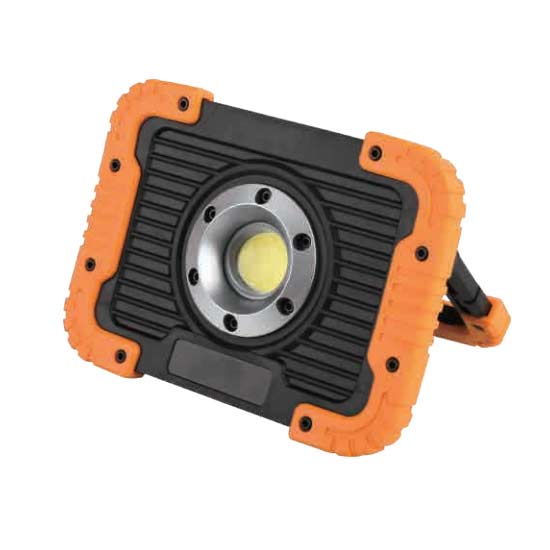 10W Rechargeable Led Flood Light
10W Rechargeable Led Flood Light
 Ice Scraper
Ice Scraper
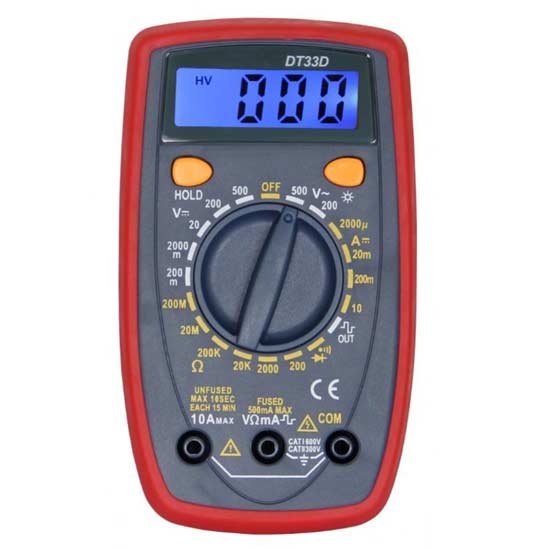 Small Multimeter with Backlight
Small Multimeter with Backlight
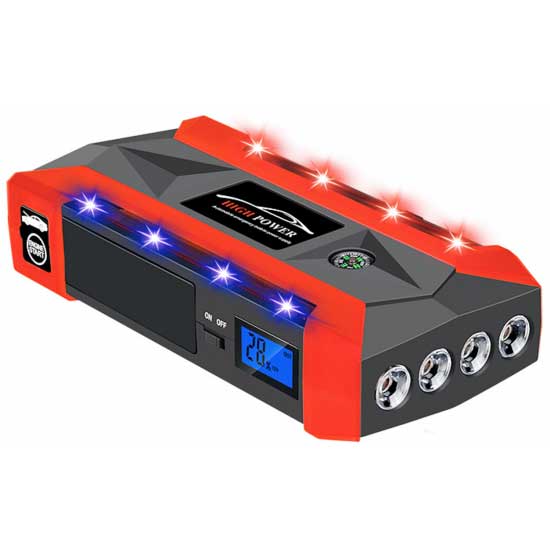 Jump Starter With 4 Led Lights
Jump Starter With 4 Led Lights
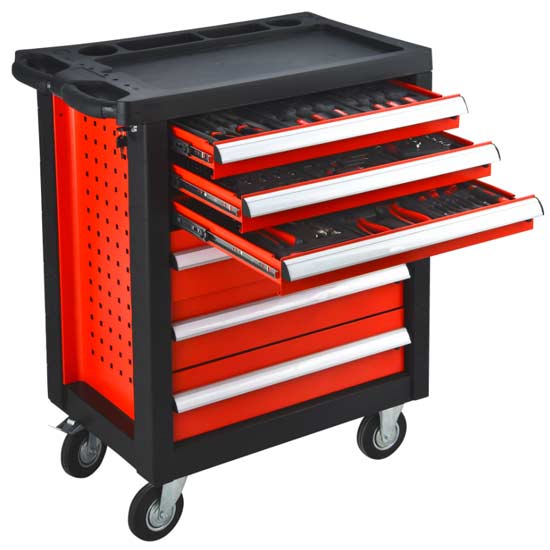 Steel Tool Cabinet
Steel Tool Cabinet
 Large Tool Cabinet
Large Tool Cabinet
 Tool Storage Cabinet
Tool Storage Cabinet
 Metal Tool Box
Metal Tool Box
 Large Metal Tool Storage Box
Large Metal Tool Storage Box
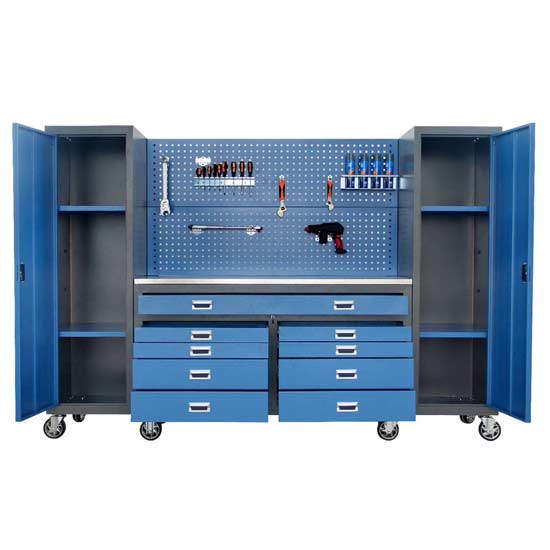 Blue Metal Tool Cabinet
Blue Metal Tool Cabinet
 Red Steel Tool Trolley
Red Steel Tool Trolley
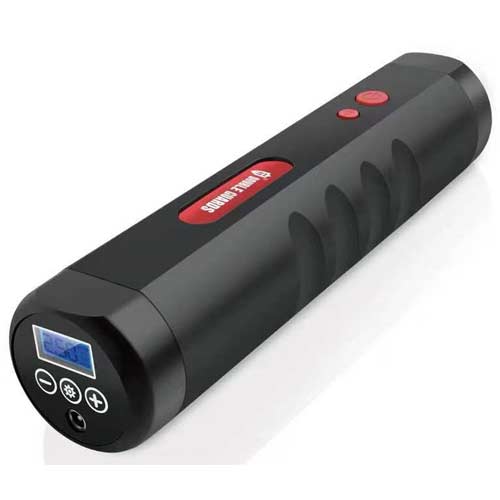 Portable Tire Inflator
Portable Tire Inflator
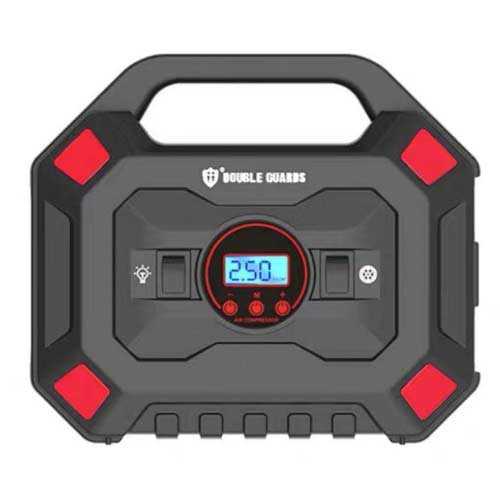 Custom Tire Inflator
Custom Tire Inflator
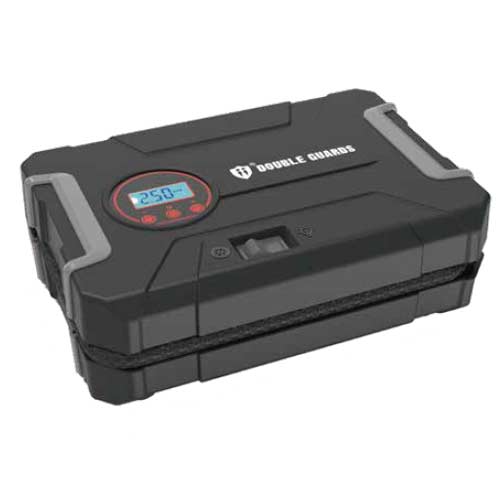 Tire Pressure Pump
Tire Pressure Pump
 Auto Emergency kit
Auto Emergency kit